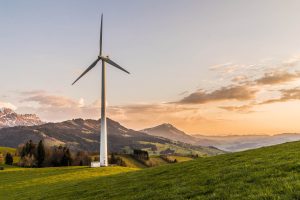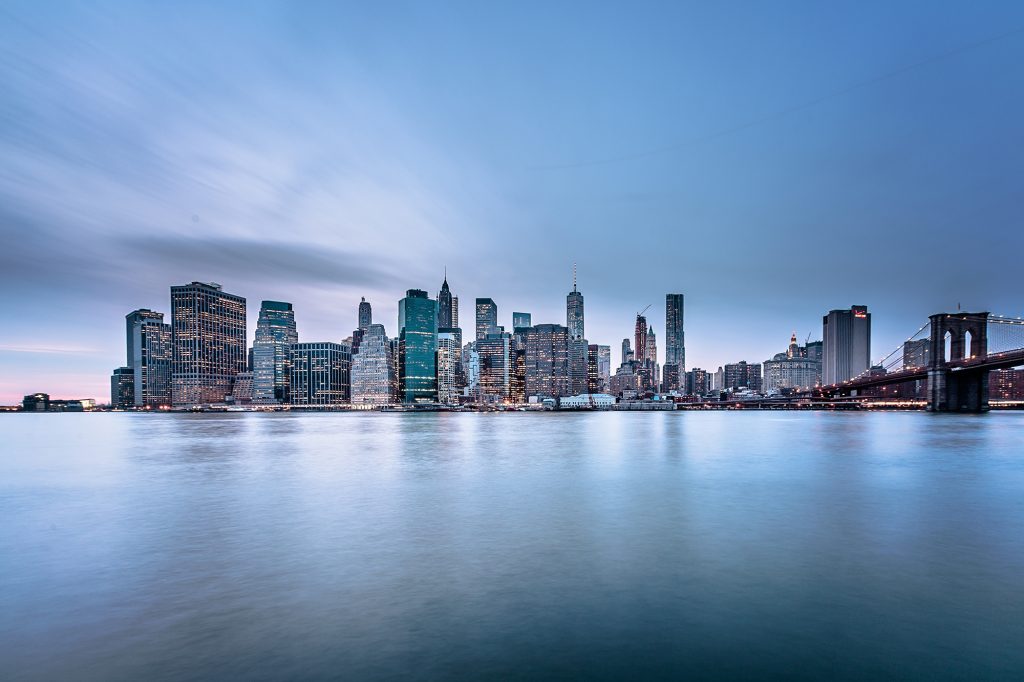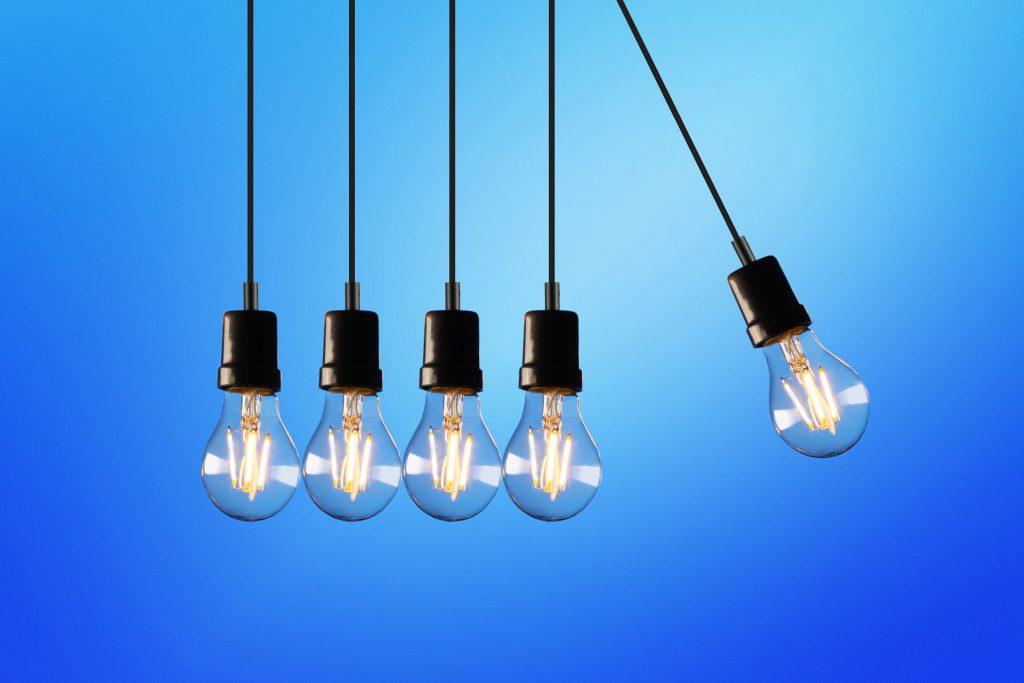The use of renewable energy to power smart cities require modern utility infrastructure. Usually, innovation drives economic growth and the production of smart city technologies. It also helps to produce energy micro-grids for sustaining cities and municipal areas. These sustainable cities often enjoy the collaboration of both the public and private sector investments in renewable energy. Let’s share some benefits of using renewable sources of electricity to improve smart cities.
San Diego’s Renewable Energy Goals
In the US, San Diego is one of the leading smart cities that are using renewable energy to improve traffic and pedestrian safety. With well-lit streets and roads, it’s easy for commuters and passers-by to avoid road accidents. One of the city’s renewable energy goals is to reduce carbon footprints and upgrade to LED solar streetlights. Also, San Diego plans to consume energy from only renewable by 2035. Lighting up the city with roof-top solar panels and storage technologies (like batteries) can reduce greenhouse gas emission. Unlike power plants that use fossil fuels to provide electricity, smart cities depend on renewable sources. Apart from light, security is a priority for every government. There are CCTV cameras, and sensors on the major road in San Diego, and corners of every street. This innovation helps to check crime rates, and control traffic.
Dubai’s Promoting Tourism with Smart City Initiatives
Dubai is a smart city leader in the UAE that plans to upgrade renewable energy utilization with ‘SHAMS’ solar panel project. In the age of driverless cars, the government intends to satisfy 50% of the UAE’s energy needs from renewable energy sources. This 2050 target might trigger some green initiatives that will open Dubai and other Emirates to more opportunity in tourism and trade. However, it will take billions of dollar investments for the UAE government to actualize its plans. With this target, there will be improvements in the quality of potable water for household consumption. Being a desert, it’s cost-effective for corporations in Dubai to supply desalinated water with solar energy. The Dubai ‘SHAMS’ project is achievable because roof-top solar panels don’t emit greenhouse gases.
India’s Smart Renewable Cities (SRCs)
Jaipur is a smart renewable city that the government of supports. Even in New Delhi, there are electricity providers that depend on 100% renewables. However, Jaipur is the third-ranking city in the smart renewable cities (SRCs) index. The legislation of renewable policy by the Indian government is creating a better future for residents in this eco-friendly city. Government and investors are using the 100 Smart Cities Mission project to lower dependency on traditional energy sources that cause pollution.
Bengaluru is another SRC in India that’s in the range of top ten. Both Jaipur and this ‘silicon valley of India’ occupy the third and sixth positions. To check climate change, homeowners and energy service providers are switching to renewable sources. Alternative options of rooftop solar panels are hydroelectric grid, wind turbines, and geothermal power generation plants. Additionally, we hope there will be more smart cities that depend on renewable energy sources.

Australia’s Upgrading Renewable Energy Sources
The government of Australia intends to reduce energy costs for homeowners and corporate consumers across all regions. In Sydney, and regions with high housing market value, renewable energy stakeholders are funding users. There’s a target for the consumption rate of solar, hydroelectric, and wind turbines power to take 24% of electricity supply from fossil fuel. By 2030, this strategy will shrink the market share of electricity consumption on that continent. Smart cities in Australia have high potential benefits from switching to clean energy. With the new renewable energy policy, there will be more demand for electric cars and rooftop solar panels.
Let’s take a look at what is happening in Melbourne specifically.
The Melbourne Renewable Energy Project (MREP) marks the first time in Australia that a group of local governments, cultural institutions, corporations and universities have jointly purchased renewable energy by a recently built facility.
The new wind farm in regional Victoria has started providing energy to power City Halls, banking branches, universities and street lights around Melbourne. Thanks to MREP Council has become powered by 100 per cent renewable energy, setting an example for major buildings in Melbourne such as the stadium in Docklands to follow suit.
Under this project, fourteen members of the purchasing group combined their buying power to support the building of the 80 MW wind farm in Crowlands, near Ararat.
The 39-turbine end farm is owned and operated by Melbourne-based clean energy company Pacific Hydro.
MREP members have committed to buy 88 GWh of electricity per year from the wind farm under a long-term power purchase arrangement. The agreement has enabled Pacific Hydro to progress financing and construction arrangements for the job; and since the wind farm will generate greater than the purchasing group’s demands, it is going to bring additional renewable energy and supply them to buildings in Melbourne like the corporate event venues in the city.
The Crowlands Wind Farm created more than 140 regional jobs during construction and eight continuing maintenance jobs.
We believe in the power of coming together. The MREP approach enables associations, corporations and institutions to take an active role in procuring renewable electricity supply and taking action on climate change. It provides long-term cost certainty, enabling customers to mitigate the risk of increased energy costs in a volatile sector. It will also be critical to cities like Melbourne achieving their greenhouse gas /emissions reduction goals.



MOST COMMENTED
Top stories / Uncategorized
How to Take Care of Your Sneaker Collection
Renovating
How To Use Wire With Furniture
Facts / Top stories
How to know if the Tasmanian job market is best suited for you
Uncategorized
How to travel around Tasmania
Tech
The Benefits of Aligning Business Functions
Tech
Crafting the Perfect Setup for Photography Enthusiasts
Tech
Enhancing Urban Mobility Through Traffic Management